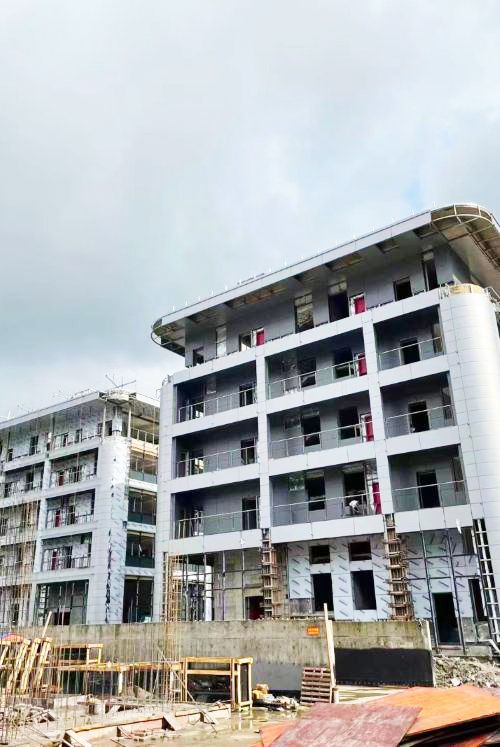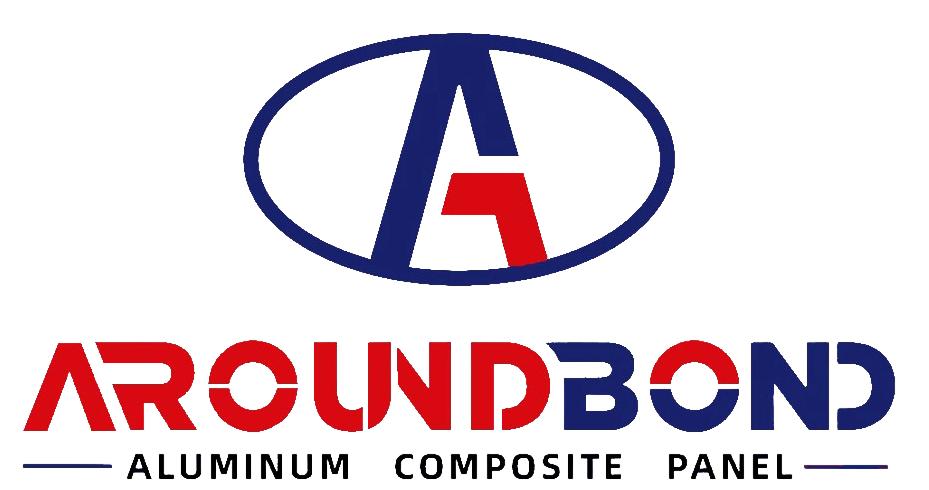PVDF Aluminum Composite Panels: A Modern Building Material Revolution
PVDF Aluminum Composite Panels: A Modern Building Material Revolution
PVDF Aluminum Composite Panels.In the ever-evolving construction industry, innovation in materials plays a pivotal role in shaping architectural aesthetics and functionality. Among emerging solutions, PVDF-coated Aluminum Composite Panels (ACP) have emerged as a game-changer, combining durability, design versatility, and sustainability. This article explores the composition, advantages, applications, and environmental impact of this advanced building material.

Aluminum composite panel
1. Composition & Manufacturing Process
PVDF ACPs consist of two pre-painted aluminum sheets bonded to a non-aluminum core – typically low-density polyethylene (LDPE) or fire-retardant mineral-filled core. The exterior aluminum layers are coated with polyvinylidene fluoride (PVDF), a specialty fluoropolymer resin renowned for its exceptional weather resistance.
The manufacturing process involves:
Surface Treatment: Aluminum coils undergo chemical cleaning and chromate conversion coating for enhanced adhesion.
PVDF Coating Application: Multiple layers (primer + PVDF topcoat) are applied through continuous coil coating processes at controlled thickness (25-35μm).
Lamination: Treated aluminum sheets are thermally bonded to the core material under high pressure (150-200 psi) at 130-150°C.
This sandwich structure combines the strength of aluminum with the insulation properties of the core material, while the PVDF coating provides superior surface protection.
2. Performance Advantages
2.1 Weather Resistance
PVDF coating demonstrates outstanding UV stability, maintaining 90% of its original gloss after 25 years of exposure (per ASTM D7869). Unlike conventional polyester coatings that chalk and fade, PVDF’s molecular structure results in:
Color retention: ΔE<3 after 10,000 hours QUV testing
Chemical resistance to acids, alkalis, and pollutants
Salt spray resistance exceeding 3,000 hours (ASTM B117)
2.2 Structural Properties
Lightweight: 5-8 kg/m² density reduces structural load by 50-70% compared to stone cladding
High flatness: 0.5mm/m curvature tolerance ensures seamless appearance
Impact resistance: 50J/cm² (ASTM D2794)
Thermal expansion coefficient: 2.4×10⁻⁵/°C, minimizing dimensional changes
2.3 Design Flexibility
Available in over 200 standard RAL colors, PVDF ACPs can be fabricated into:
Curved surfaces (minimum radius: 800mm)
Perforated patterns (up to 40% open area)
Custom digital prints
3D textured finishes mimicking wood, stone, or metal
3. Applications Across Industries
3.1 Architectural Cladding
Over 60% of PVDF ACPs are used in building envelopes. Notable projects include:
The Shard, London (36,000m² façade)
Marina Bay Sands, Singapore (wave-shaped canopies)
Shanghai Tower (dynamic geometric patterns)
3.2 Interior Design
Modular partition walls (3-6mm thickness)
Ceiling systems with integrated lighting
Antimicrobial variants for healthcare facilities
3.3 Transportation Infrastructure
High-speed train interiors (EN 45545-2 fire compliance)
Airport signage systems
EV charging station enclosures
4. Comparative Analysis with Alternatives
Property PVDF ACP Solid Aluminum GFRC HPL
Weight (kg/m²) 5.8 12.5 45 16
Cost ($/m²) 35-55 60-80 90-120 40-60
Installation Speed 25m²/day 8m²/day 3m²/day 15m²/day
Lifespan (years) 25+ 20 50 15
Data source: Construction Materials Journal (2023)
5. Sustainability Features
Modern PVDF ACPs address environmental concerns through:
Recyclability: 95% aluminum recovery rate via thermal delamination
Energy Efficiency: Reflective coatings reduce building cooling loads by 15-20%
Low VOC: PVDF resins contain <50g/L VOC (LEED compliant)
Life Cycle Assessment: 40% lower embodied carbon than stone cladding (cradle-to-gate)
Leading manufacturers now offer panels with:
30-70% recycled aluminum content
Bio-based polyethylene cores
Photocatalytic self-cleaning surfaces
6. Market Trends & Future Developments
The global PVDF ACP market is projected to grow at 6.8% CAGR (2023-2030), driven by:
Urbanization in Asia-Pacific (55% of demand)
Retrofit projects in EU (Energy Performance of Buildings Directive)
Novel applications in renewable energy (solar panel backsheets)
Emerging innovations include:
Smart panels with integrated PV cells (18% efficiency prototypes)
Phase-change material cores for thermal energy storage
AI-optimized panel designs reducing material waste by 22%
7. Challenges & Considerations
While PVDF ACPs offer numerous benefits, proper implementation requires:
Adherence to fire safety codes (e.g., NFPA 285 for high-rises)
Anti-static treatments for data centers
Compatibility testing with sealants (avoid silicone bleeding)
Conclusion
PVDF Aluminum Composite Panels represent a paradigm shift in modern construction materials, successfully balancing aesthetic aspirations with technical performance. As architects push boundaries in sustainable design, and manufacturers continue material innovations, PVDF ACPs are poised to remain a cornerstone of 21st-century architecture. Their ability to merge form and function while addressing environmental imperatives ensures relevance in an era demanding both visual impact and ecological responsibility.


